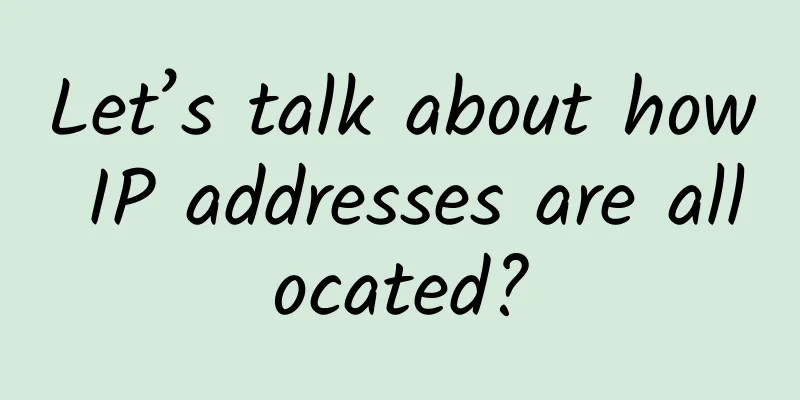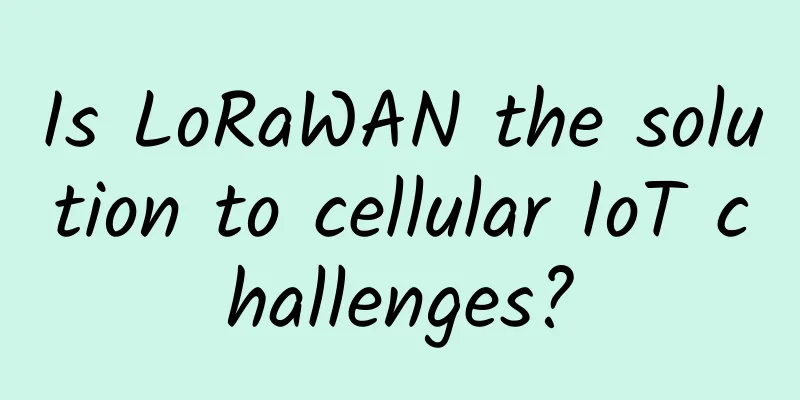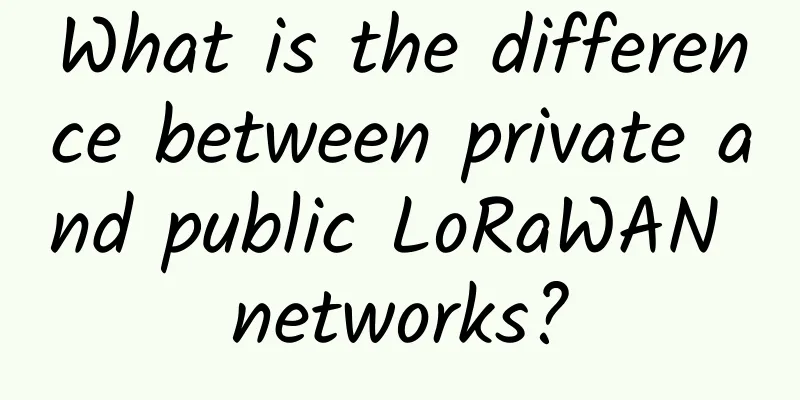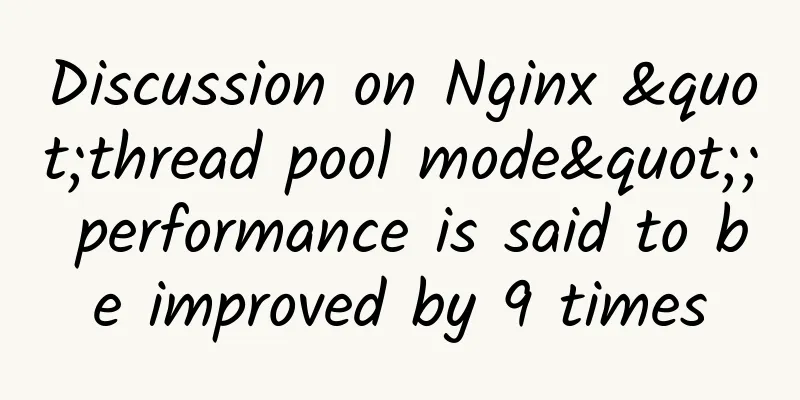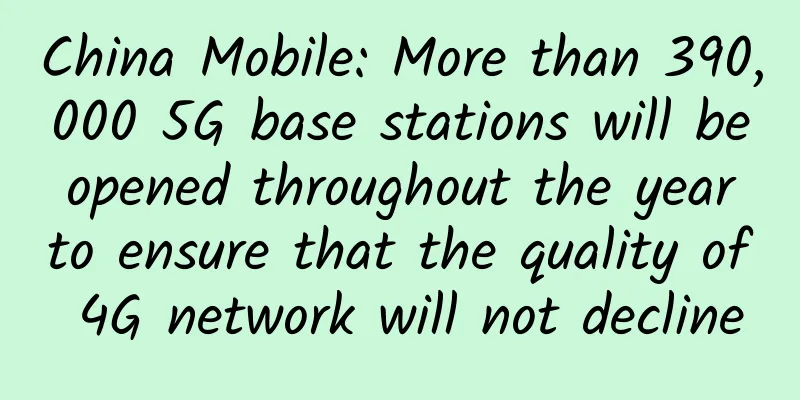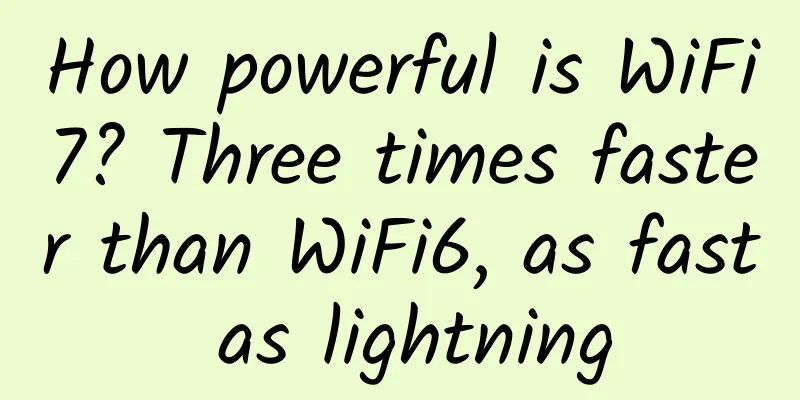Huawei aims to lead its partners in a "collective transformation" from ecological cooperation to ecological synergy
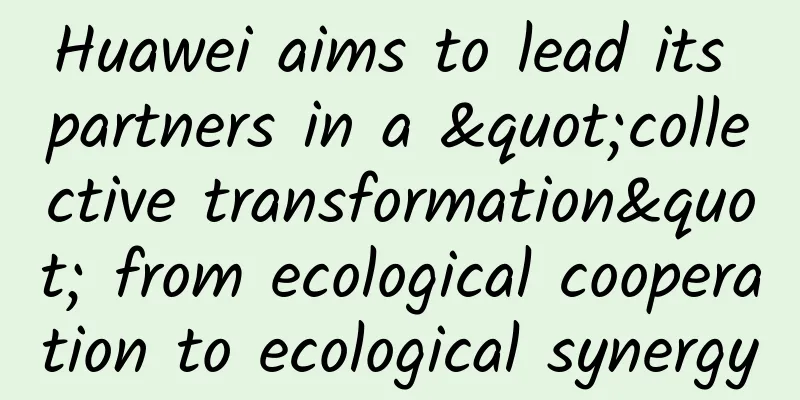
|
[51CTO.com original article] On March 22, Huawei China Eco Partner Conference 2019 continued the popularity of the previous day and continued to attract guests from all over the world at the Fuzhou Straits International Convention and Exhibition Center. If the keynote speech on the morning of March 21 mainly focused on Huawei's ecological strategy, methodology, and new ICT landscape planning, then the theme of this morning's conference was more concrete, transitioning from "what to do" to "how to do it." Yang Wenchi, Vice President of Huawei Enterprise BG China and President of Huawei Eco University, delivered a heavyweight keynote speech on "Integrating resources, operating ecology, and winning the intelligent era together", using 3 synergies and 4 initiatives to explain how Huawei plans to work with ecological partners and customers to win the intelligent era together. Why turn to ecological synergy? At the beginning of his speech, Yang Wenchi proposed that in the face of the general trend of digital transformation of future customers, Huawei believes that the future ecosystem should evolve from the current ecosystem cooperation model to the ecosystem collaboration model. Huawei plans to truly enter the ecosystem collaboration stage in 3 to 5 years. He introduced that in 2018, Huawei had more than two partners with revenues exceeding 10 billion yuan, more than 100 partners with revenues exceeding 100 million yuan, and more than 840 partners with revenues exceeding 10 million yuan. Huawei and its partners have incubated more than 900 solutions and implemented more than 2,000 projects. Yang Wenchi said that the reason for mentioning these figures is, on the one hand, to express gratitude to partners for their hard work and dedication over the past year, and on the other hand, these figures also prove that the path of ecological cooperation that Huawei has taken over the past three years is correct, and he hopes to continue to work with partners in the future. Yang Wenchi shared data from two authoritative reports on the spot. Both reports pointed out a trend - in the future, all aspects of people's lives will be digitalized and intelligent. In the industry, the injection of artificial intelligence technology has led to an exponential growth in the application of segmented scenarios. Once the supporting capabilities of the basic platform and base are improved, customers will be more willing to improve production efficiency and optimize business models through more and more convenient applications. Many people see the huge cake of digital transformation, but Yang Wenchi pointed out that 70% of this cake is under the iceberg, which is potential demand, and only 30% of the demand above the iceberg is explicit. The traditional ecological form is obviously unable to efficiently support this new pattern. Rigorously define "ecological synergy" and upgrade the "platform + AI + ecology" strategy So what will be the future ecological path? Yang Wenchi said that Huawei's response is to add AI elements to the "platform + ecology" structure, build the future ecological architecture with the "platform + AI + ecology" strategy, form a new type of cooperative relationship based on application scenarios, and achieve more efficient collaboration with ecological partners. This is not Huawei's own subjective conjecture. In fact, Huawei has invested a lot of energy in verifying the goal of ecological synergy. On the one hand, it has made judgments on the future of the industry based on actual business scenarios. On the other hand, it has also consulted a large number of professional books on ecology. In addition, it has conducted a six-month research on the topic of ecological synergy with Tsinghua University, and finally rigorously proposed the concept of ecological synergy. Ecosystem members should support each other, enable each other, grow interactively, and achieve each other. The support capabilities of the ecological platform and the operating efficiency of the ecosystem should be greatly improved. Huawei should pursue more efficient value creation and form an organic, collaborative, healthy and stable ecosystem. This is Huawei's most accurate definition of ecological collaboration. Yang Wenchi emphasized that only collaboration can form a stable ecological cooperation model. Ecological cooperation is aggregation, and ecological collaboration is energy aggregation. Only through a flexible collaborative mechanism, by aggregating capabilities, can we quickly meet the needs of customers in various segmented scenarios. 4 proactive + 3 collaborative responses to 3 major challenges It is not easy to achieve ecological synergy. Yang Wenchi believes that Huawei and its partners must first think clearly about three major issues: First, should we continue to meet the shallow cooperation based on commercial interests, or go further to cooperate at the level of strategic synergy? Second, should we continue to match funds, technology and other resources based on completing a single project, or should we establish a resource mechanism of mutual trust and mutual benefit based on expanding the industry pie? Third, should we continue to cultivate talents based on short-term commercial realization, or should we focus on the industry application of AI and create a talent ecology that supports the development of the entire ecosystem scenario? Under Huawei's goal of ecological synergy, the answers to these three questions are self-evident. If partners want to have deeper cooperation with Huawei in the future, they must keep their values consistent with Huawei and recognize the goals and values of ecological synergy. Of course, Huawei has also taken countermeasures to achieve this, which Yang Wenchi summarized as "4 proactive + 3 collaborative". Yang Wenchi expressed the hope that through these four initiatives, a collaborative and fair ecological environment can be built, and an open and diverse ecological system can be created. He explained that the first of Huawei's four initiatives is to actively open up the ecosystem. Huawei will integrate various resources including AI to make good ecological planning, and jointly build the capabilities of the Huawei platform, so that solution partners can be faster when facing segmented scenarios and application development. In addition, more resources including technology, market, service, capital, marketing, etc. will be opened to enhance the permeability of the ecological soil and help various diversified ecological partners grow rapidly. The second initiative is to actively give benefits to partners. Yang Wenchi said that from the different stages of ecological cooperation to ecological synergy, making money is only one of the goals, and turning around together is the more important goal for the future. At this stage, Huawei is willing to give up more benefits, including by lowering the threshold of incentive policies, expanding the scope of incentives, and increasing technology investment. The purpose is simple, that is, to make everyone make money and have enough blood and energy to transform with us. The third is to proactively coordinate resources. According to him, this is a relatively important change for Huawei in 2019. Huawei has introduced investment and financing partners such as securities and banks to provide financial support to its partners. Huawei hopes that more banks and investment institutions with investment intentions will join the ecosystem. Huawei will open up to more partners to make business better. The fourth is to actively cultivate talents. In March 2018, Huawei Partner University was upgraded to Huawei Ecological University. This ecological university is a new carrier of Huawei's ICT talent ecosystem, which aggregates the power of various aspects including government, enterprises, educational institutions and partners, from talent training in school to re-employment, to career advancement, matching market development and demand in the whole process. It is understood that Huawei will cooperate extensively with universities. At present, it has joined forces with 300 key universities including Zhejiang University and Shanghai Jiaotong University, opened courses including big data and AI, and cultivated key talents in industry, academia and research. In 2019, Huawei established a new partner ecosystem, including sales partners, solution partners, talent ecosystem partners, service partners, and investment and financing partners. Except for sales partners, which are strongly related to existing businesses, the other four types of partners are all transitioning around the goal of ecological cooperation to ecological synergy. Yang Wenchi believes that the "three synergies" are actually more like Huawei's three expectations for its partners. In order to achieve the grand goal of synergy in the future, Huawei hopes to form true strategic synergy, resource synergy, and capability synergy with these five types of partners. In short, Huawei hopes to respond to the potential challenges brought by AI and ecological construction with the ecological strategy of "four initiatives" and "three synergies", shifting from individual initiative to collective initiative, and then realizing legion ecological operations. What is the most lacking in ecological synergy? Talent! As the president of Huawei Ecological University, Yang Wenchi said that in 2019, the construction of the talent ecosystem will be carried out from three dimensions. First of all, we need to establish standards. Huawei has launched the HCIA-AI certification for engineers. This year, it will also launch the HCIA/IP/IE-AI certification to train senior engineers and AI experts in the AI field. It even provides certification standards for partners' authorization and after-sales business personnel to help ecological partners sign orders quickly. Secondly, Huawei will build a partner training camp, construct courses, combine training and combat, and conduct graduate interviews. If the results are significant, Huawei will also conduct pilot training camps based on different roles of personnel, such as newcomers, pre-sales, after-sales, and business. In addition, in the field of AI, through production and marketing collaboration, a series of teaching materials will be launched in the direction of 4 to 6 key AI disciplines, and training courses will be held from time to time to train more than 100 teachers. Huawei will continue to work closely with universities on AI research. In the future, it will establish an AI talent ecosystem university alliance to train 100,000 professional AI talents. Within three years, it will provide the society with more than 10,000 professional talents with various levels of AI certification to meet the talent needs of the ecosystem for new AI technologies. At the end of his speech, Yang Wenchi said that in the future, Huawei will, based on the ecological concept of expanding the industry pie, use AI to improve management efficiency, reserve AI talents, strengthen investment and financing allocation, adhere to transparent cooperation, and create a flexible, elastic and efficient collaboration mechanism between Huawei and its partners, and between partners, to build a collaborative ecosystem. [51CTO original article, please indicate the original author and source as 51CTO.com when reprinting on partner sites] |
<<: Will 2019 be the first year of 5G? The three major operators: Not happening!
>>: What can 5G technology do? It will have a significant impact on 20 industries
Recommend
Advantages and Challenges of 5G Network Slicing
The fifth generation of mobile communication syst...
The first version of 5G standards was signed and approved: covering low, medium and high frequencies, mobile phones will be available in 2019
According to Fierce Wireless, 3GPP (a mobile comm...
At the 2017 Asia Pacific CDN Annual Conference, Yunfan Accelerator was awarded the title of "Excellent Service Quality Enterprise"
On November 14, 2017, the 2017 Asia-Pacific CDN A...
5G network speed is not as fast as 4G. Is this a trick of the operators?
Do you often hear descriptions like “5G Internet ...
Will RCS, which Google is pushing so hard, replace SMS? What can it do?
Google Messages uses the RCS protocol, which has ...
Can operators’ equity incentives motivate core employees?
[[384495]] In modern enterprises, equity incentiv...
CUBECLOUD VPS 12% off: Hong Kong CN2 GIA monthly payment starts from 69 yuan, Los Angeles CN2 GIA line monthly payment starts from 60 yuan/month
CUBECLOUD (Magic Cube Cloud) has sent a promotion...
Network Technology Outlook 2023: Virtual Networks Will Drive NaaS Development, Cloud-Hosted Security Options Will Explode
What are the most important things that enterpris...
Runqian Software and Yonghong Technology signed a strategic cooperation agreement
[51CTO.com article] On November 8, 2017, Runqian ...
Huawei OpenLab: An indispensable open cooperation platform for building an IT ecosystem
Normally, the labs we are talking about are labs ...
Hawking: Automation and artificial intelligence could replace 77% of jobs in China
[51CTO.com original article] World-renowned physi...
How to solve edge bottlenecks caused by the surge in data usage
The importance of data is changing today, and the...
OlinkCloud: 10% off on all VPS on AS9929 line in Germany/San Jose, USA, starting from $4.5/month, 40% off on dedicated servers
OlinkCloud has released a new discount plan for V...
Changing the quality of cultural experience with 5G
Museums are vital centers of culture, education, ...
Patents and standards proposals complement each other to start the battle for 5G commanding heights
Thanks to the contributions of national policies,...
